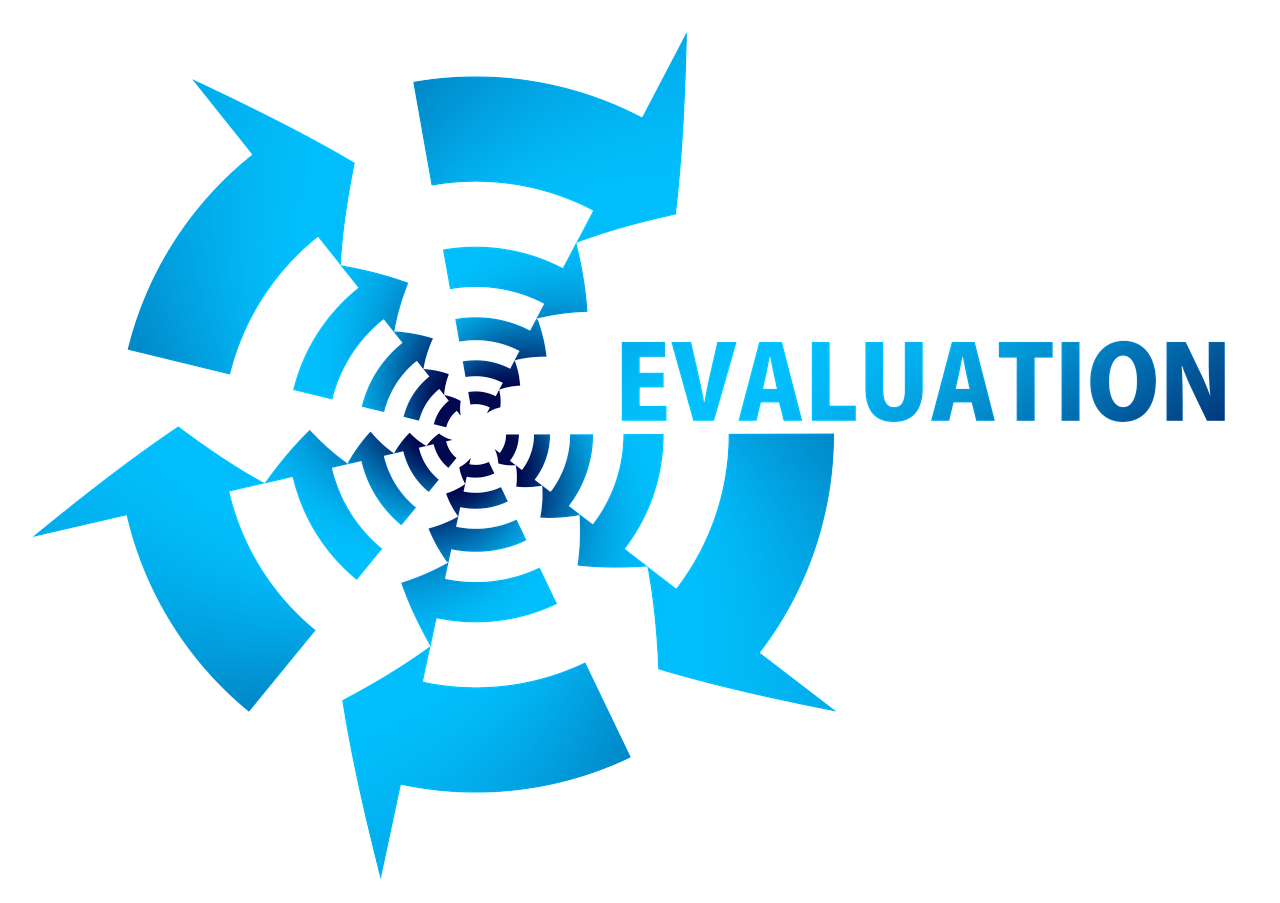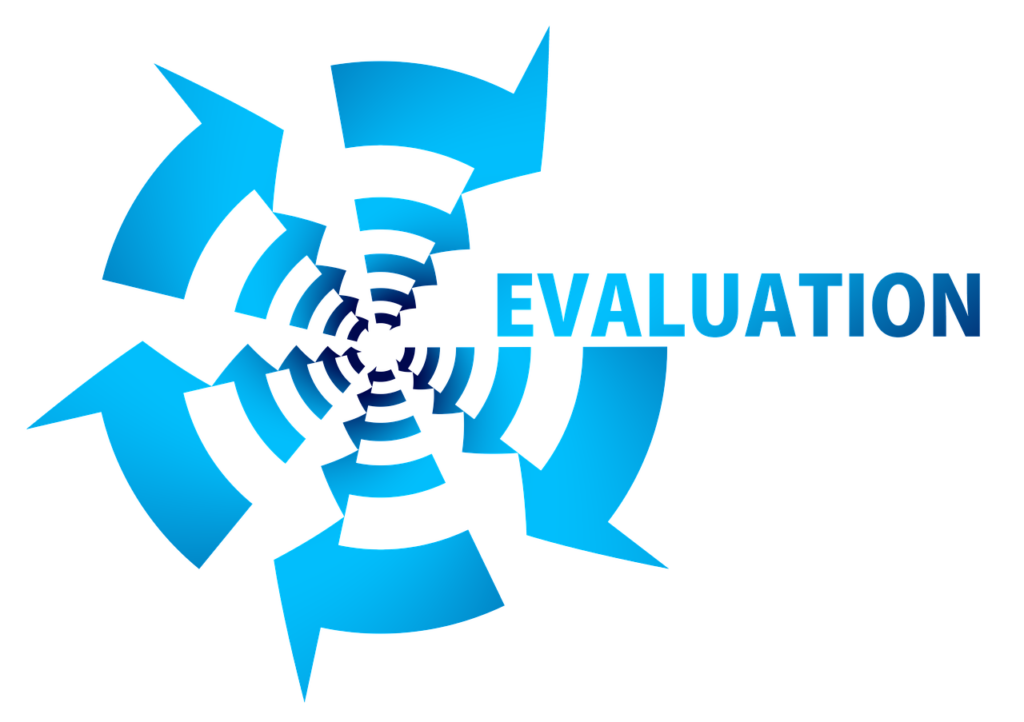
Philippe Tang, Senior Consultant, Hong Kong Productivity Council, shares some of his strategies for assessing staff to facilitate more ‘productive’ HR.
Paul J. Meyer said, “Productivity is never an accident. It is always the result of a commitment to excellence, intelligent planning, and focused effort.” In this vein, Philippe Tang, Senior Consultant, Hong Kong Productivity Council (HKPC) shared the Council’s take on achieving a more productive HR. Tang believes the essence of effective talent management lies in HR growing their talent pool in alignment with company growth targets so that it takes the company towards those goals.
Identifying talents
In the classic Chinese book on military strategy, Sun Tzu proclaimed a key strategy was to know your enemy. Indeed, if ever a military analogy were useful, it would be when discussing the ‘war for talent.’ While knowing your competition is an advantage, knowing your own corporate army helps you to keep them on your side to drive your organisation forward towards winning an even bigger war—the fight for marketplace dominance. The first step towards knowing your corporate army or key talent is being able to identify them, and then assess them.
Identifying your key talent requires management commitment. Without management’s support and understanding of what a talent management process requires, then pulling off any initiative is extremely difficult. It is HR’s job to ‘sell’ the initiative to senior management and help them to see why it is important to the success of the organisation. Some questions to ask yourself when planning such a pitch could include:
- What are the current challenges or problems for HR? (turnover, etc.)
- How do you currently address those challenges or problems?
- How could you fix those problems?
- Who will be involved?
- How much time and actual support can you provide to attract and retain new talent and potential staff?
The talent that you identify also needs to be aligned with the company direction. Thus, HR managers also need to be aware of what the company’s direction is and be able to tie talent to that direction. HR managers then need to analyse the needs of these key talents as well as the organisation in the present and in the future. Having identified the needs from these perspectives, key talent is in a position to drive the company forward.
Next, HR managers need to look at talent coverage, i.e. where the talent is, and where it is needed. Frequently, middle management shows some of the highest turnover rates within organisations and in terms of talent development, Tang says that this segment usually forms the focus. The fourth and final step in the identification process (prior to the assessment process) is to identify future competency requirements for any specific position. This is achieved using a ‘nomination/criteria form’ that indicates a list of competencies that will be required and a score given from one to ten against the listed competencies for an individual.
Assessing talents
- In assessing a prospect, each competency is put through a rigorous testing process that includes:
- Competency based interview
- Psychometric assessment
- 360-degree assessment (a multi-perspective analysis of strengths and weaknesses
- An assessment of the candidate’s analytical and presentation skills
- Business-case group discussion in order to assess how a talent interacts with others
- An ‘in-tray’ exercise that simulates job-related tasks and assesses the candidates ability to perform them
The purpose of the assessment phase is to help talents identify their strengths and weaknesses through the application of the above tools. What this achieves is enhanced objectivity and accuracy of the assessment results. The purpose of the assessment phase is to help talents identify their strengths and weaknesses through the application of the above tools. What this achieves is enhanced objectivity and accuracy of the assessment results.
Talent management process
According to Tang, the talent management process can be divided up into development and succession. Talent development should include career planning activities, competency enhancement, as well as coaching an/or mentoring. Your succession plan comes about when you utilise the talent development process not just for one individual, but the entire talent pool, creating waves of talent. Competency enhancement, says Tang, consists of a training programme stressing the following aspects:
- Building a proactive winning team
- Change management
- Coaching for enhance performance
- Interpersonal communication
- Managing diversity in a cross-cultural context
- Managing stress and emotional intelligence (EQ)
- Motivation and conflict management
- Negotiation for best results
- Presenting with power & persuasion
- Risk and crisis management
- Problem solving and analysis approach
The promotability grade required to be determined for the succession planning process is the combination of the result of the assessment of current performance, and the assessment of the candidate’s potential performance.
Moreover, comprehensive talent management processes bring a host of benefits to HR and the organisations as a whole including, but not limited to the following:
A road map for employee development
Job content tied to business plan
More opportunities for high potential
Lower turnover and better morale
More talent ready sooner






